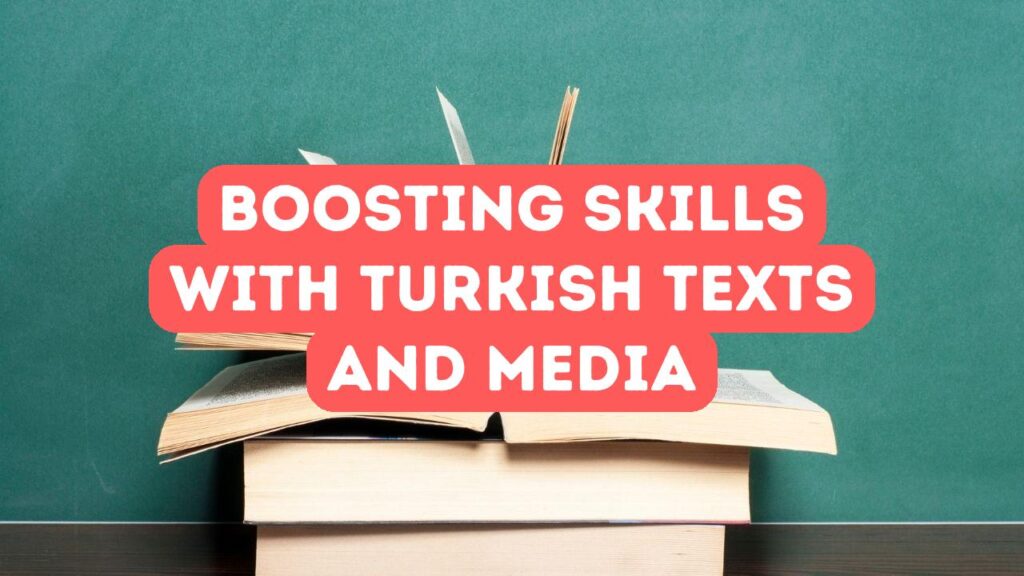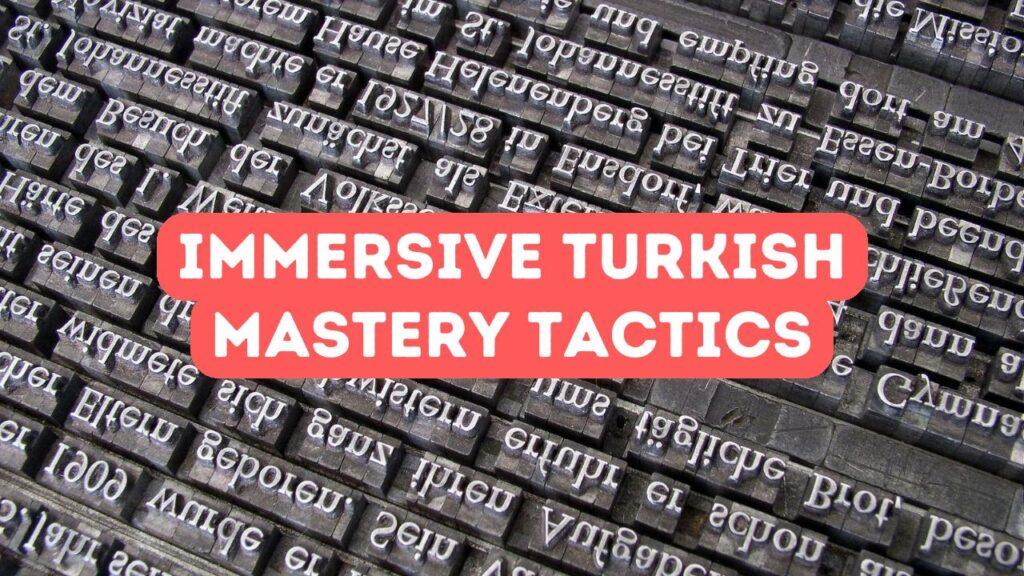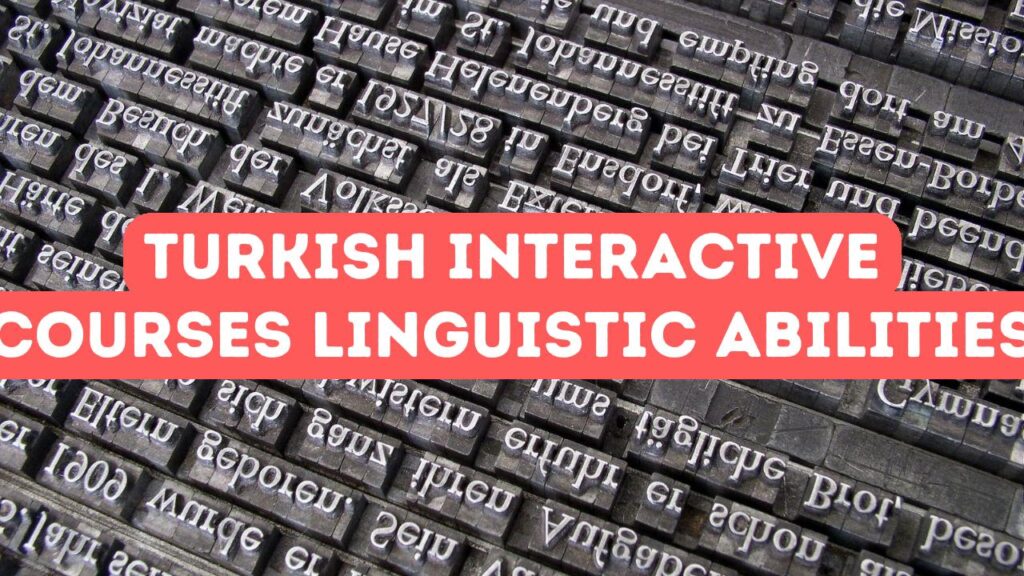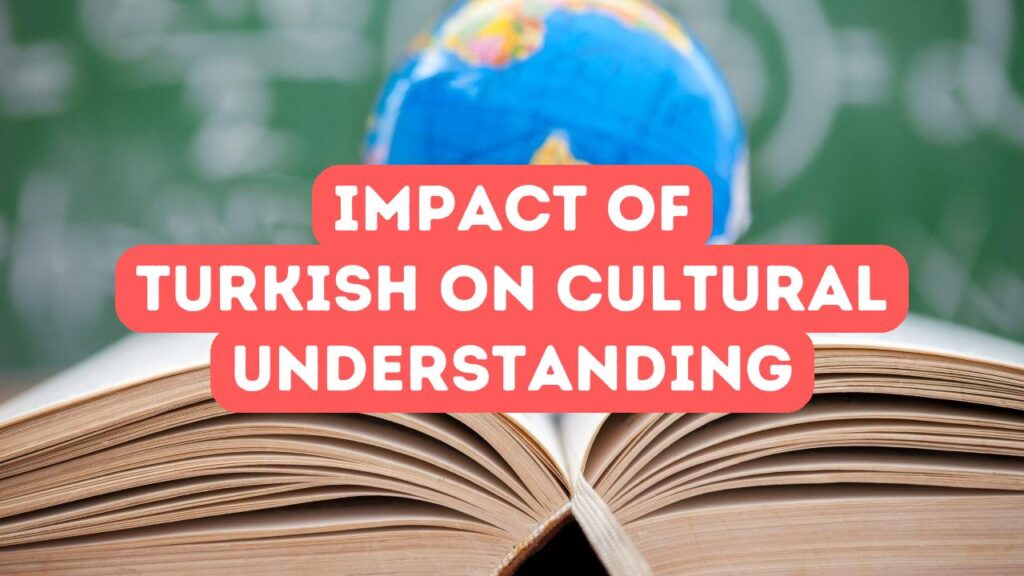Unraveling the Complexity of Turkish Phonology
Embarking on the study of Turkish phonology is like setting sail into a sea of harmonious sounds, where each wave introduces a new auditory contour. At first glance, learners may encounter the seemingly daunting challenge of vowel harmony, an elegantly logical system that ensures vowels within a word harmonize to create a pleasing and uniform sound. This phonetic symmetry is not merely an academic rule to master, but a gateway to sounding like a native speaker, with its nuances offering a clear signal of proficiency. Each dipthong and consonant cluster becomes a puzzle piece, meticulously fitting into the larger mosaic of the language’s soundscape. As ears grow accustomed to the distinctiveness of Turkish pronunciation, what was once an obstacle slowly transforms into an intuitive understanding of the language’s melodic rhythm.
Navigating the melodic ebb and flow of Turkish phonology unearths the subtle interplays between voiceless and voiced consonants, a distinction that is paramount in the language’s fabric of sounds. The challenge intensifies with consonant mutation, where learners must adapt to the morphophonemic changes that words undergo in different grammatical forms, adding layers of complexity to verbal communication. Despite this, as one’s tongue grows adept at the dance between hard and soft g’s, or the rolling r’s, these morphophonemic intricacies cease to be stumbling blocks; instead, they become the stepping stones toward a rich, authentic pronunciation. Practice carves out a path to mastery, where initial missteps are replaced with confident articulation, turning each nuanced phonetic shift from a bewilderment into a gleeful triumph over the hurdles of Turkish phonology.
As the journey through the labyrinth of Turkish phonology culminates, the acquisition of its rhythm and cadence heralds a profound transformation within the learner. The once imperceptible difference between the dulcet tones of ‘ü’ and ‘u’, or the sharp distinction of ‘ı’ and ‘i’, now resonates with clarity. The victory is not just in conquering the mechanics of pronunciation but in embracing the cultural nuances these sounds carry. Idioms, proverbs, and poetry begin to unfurl their meanings with ease, as phonetic competence becomes a bridge to deeper cultural understanding. The student of Turkish, having weathered the initial dissonance, now finds joy in the resonance, with each uttered word an ode to the linguistic odyssey they have undertaken. This phonological prowess marks not the end, but the radiant dawn of eloquent expression and immersive communication within the rich world of Turkish.
Mastering the Nuances of Turkish Grammar
Embarking on the quest to decipher Turkish grammar often feels like navigating an intricate labyrinth, filled with exciting discoveries at each turn. Learners are initially met with a syntax quite different from that of many Indo-European languages, featuring agglutination—a process where a series of suffixes are strung together in a logical sequence to modify meaning. This structure bestows upon Turkish a certain rhythmic beauty and linguistic economy. As daunting as the proposition of mastering agglutinative grammar might seem, it presents a clear logic that, once understood, permits learners to construct a myriad of expressions from a single root word. The challenge becomes a stimulating puzzle, transforming each sentence crafted into a personal victory that celebrates the learner’s growing command over the language’s distinctive grammatical landscape.
As students of Turkish delve deeper, they encounter the language’s notorious vowel harmony—a rule that ensures a harmonious sound by dictating the vowels used within a word. This concept can initially bewilder the novice, with its subtle variations and exceptions posing a significant challenge. However, with practice, learners come to appreciate how vowel harmony contributes to the language’s fluidity and aesthetic appeal. The seemingly insurmountable obstacle of vowel alignment gradually becomes a cornerstone of proficiency, as recognizing and adhering to these patterns enable learners to intuitively construct words and sentences that sound natural to the Turkish ear. It’s in these moments, when vowel harmony starts to click, that learners realize they are not only acquiring a language but also an ear for its musical cadence.
Navigating beyond the structural aspects, the voyage through Turkish grammar culminates in a rich appreciation of idiomatic expressions that serve as gateways to cultural immersion. It is here where language acquisition transcends technical skill and becomes a form of intimate dialogue with the rich tapestry of Turkish heritage. As learners become conversant with idioms that encapsulate the wisdom, humor, and ethos of Turkish society, they forge an emotional connection with the language that textbook learning alone cannot offer. This nuanced understanding is the true victory for any language learner—the moment when bewildering rules and unfamiliar sounds give way to the epiphany that they are not only communicating but also thinking and feeling in Turkish. With every idiom unraveled and every phrase perfected, learners affirm their place within the vibrant continuum of Turkish speakers, turning the tide of battle with grammar into a dance with the soul of a language.
Embracing Cultural Context in Turkish Language Learning
Language learning is never simply about memorizing vocabulary and grasping grammar; it’s an immersive experience, a profound dive into the lifeblood of culture that gives voice to its people. In the quest to master Turkish, embracing the cultural context is paramount. Every phrase learned is a gateway to understanding the narratives and nuances that have shaped the soul of Turkey. From the bustling bazaars where traders haggle in a rapid-fire dialect, to the lyrical strains of traditional saz ballads that tell tales of love and heroism, language learners are compelled to see beyond the words to the vibrant customs and traditions they reflect. As they become conversant in Turkish, students don’t just speak—they also listen, absorbing the shared history, the collective joys, and the poignant laments of a people. This inherent blend of language and heritage is what turns the learning process into a journey that enlivens the senses and enriches the mind.
Embarking on this quest for Turkish proficiency requires one to navigate through a maze of social etiquettes and historical subtleties that textbooks alone cannot convey. It’s about savoring the aromatic layers of Turkish cuisine, understanding the significance of intricate motifs woven into kilims, and participating in the soulful remembrance of ancestors during religious festivals. Each idiom and expression gains color against the backdrop of Anatolia’s storied past and the dynamic realities of contemporary Turkish society. As language learners delve into the significance of these cultural artifacts, they not only enhance their linguistic skills but also develop an empathetic appreciation of the Turkish worldview. This cultural literacy is the currency of deep, meaningful conversations with native speakers, which can often blossom into lifelong friendships, bridging gaps that go beyond language barriers.
Thus, the true victory in mastering Turkish is found not in the flawlessness of conjugations or the precision of pronunciation, but in the rich tapestry of cultural understanding that unfolds. It is a process where mistakes become milestones, and confusion is a prelude to clarity and connection. More than just linguistic competence, fluency in Turkish embodies an open door to the hum of the local tea house, the warmth of hospitality that is extended without reserve, and the resonance of epic poems that continue to echo through the ages. It is in these moments—sharing laughter over a shared meal, exchanging stories under the gaze of moonlit minarets, or understanding a heartfelt hoş geldiniz (welcome)—that language learners transcend the role of outsiders to emerge as participants in an ongoing cultural symphony, showcasing the true delight of Turkish acquisition.







